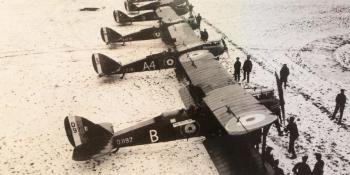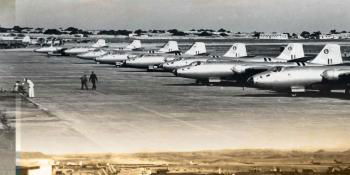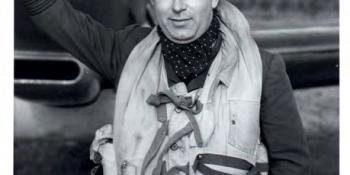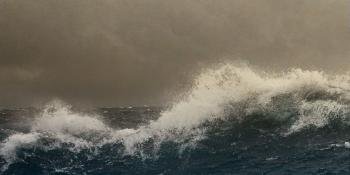When war broke out, Supermarine’s amphibian may have looked like a throwback to a different time, but as Andrew Thomas explains, it proved its worth in combat on the high seas
All Royal Navy units at sea received an Admiralty flash signal that read: ‘Total Germany, Total Germany’. The message had been expected for a long time and nobody was surprised; the fleet had been mobilised. It was September 3, 1939 and operations to protect British shipping and hunt for German surface raiders began immediately.
The pocket battleship Graf Spee was known to be in the South Atlantic and Indian Ocean and several hunting groups were formed to search for her. HMS Sussex was part of ‘Force-H’ engaged in the pursuit but on October 31 during a patrol its Walrus, L2261, was lost over the South Atlantic with its crew of Lt Stanley Bird, Lt Cecil Osmaston and Leading Airman Bill Brown.
By early December Graf Spee had sunk a dozen ships and the Walruses embarked in the Royal Navy cruisers greatly increased the areas that could be scoured. The enemy ship was finally caught east of the River Plate estuary, off the coasts of Argentina and Uruguay, early on the 13th. It was badly damaged and eventually scuttled (deliberately sunk).





